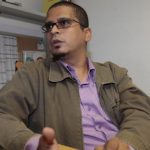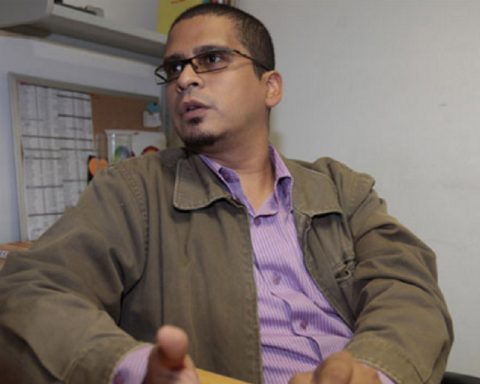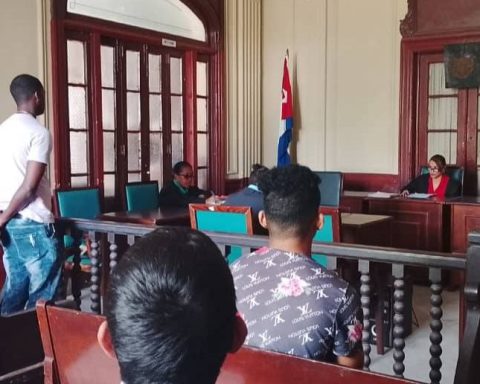Botulinum toxin type A, which has been marketed in the country for more than 10 years, is popularly known for its use for aesthetic purposes to correct skin wrinkles, but currently there is a lack of knowledge about its properties to help patients to combat different or more complex diseases.
Added to the above, botulinum toxin, like other treatments prescribed to patients to address more complex pathologies, must deal with a public and private health protection system that is still not capable of meeting their needs in terms of providing coverage. . Thus, one of the first barriers that patients face is knowing their diagnosis, but also the difficulty that their pathology does not have a treatment or that its cost exceeds all expectations.
It is the reality that Mauricio Alarcón Ramos and his mother Alicia Ramos (86) have had to overcome, who suffers from a disease called facial spasm that was diagnosed in 1995 but treatment with botulinum toxin began in 2000. The condition that can affect many areas of the body and that owes its origin to some hereditary traits, sequelae of episodes of cerebrovascular accidents, among other conditions. Despite the fact that traditional treatments are covered by the State for all patients, there are therapies that are much more effective, but at the same time more expensive, making them unaffordable for most people.
In the country there is a national coverage plan for dystonia focal point for more than 2,000 Fonasa patients, distributed in 27 hospitals. However, the numbers of patients with the pathology increase every year. In 2022, the Dystonia Foundation detected 2,440 people with the disease and currently there are 2,150 throughout the country who are undergoing treatment, but more than 820 people are still on the waiting list to access therapy.
It should be noted that those who have private coverage with Isapres or insurance, these entities do not recognize botulinum toxin treatment in patients with focal dystonia, so they have to pay the full cost of a high-cost medication.
“When my mother got sick there was no treatment that would contribute to an improvement in her quality of life. After many treatments and various doctors, we managed to get them to recommend applying Botox, at first it made me very happy but as time went by I realized I realize that it was unsustainable to continue paying for the treatment and the only thing I was achieving was getting into more debt than was necessary, so I decided to approach my Isapre to find out if there was any possibility of paying for the treatment, to which they told me no. Later, I began to ask questions and I arrived at the Superintendency of Health where a judicial process began, the end of which was positive since I managed to get the Isapre to cover 40% of the treatment for my mother”, remarks Mauricio.
Mauricio adds that “the most serious thing is access to treatment and there are enormous difficulties there, and as high-cost therapies arise for this or for other pathologies that can be treated, even patients and their families must fight and go to the courts laws to access a better quality of life. There are several pathologies that require expensive medicines and, for example, the Ricarte Soto Law is not going to incorporate new pathologies, so it is a delicate and exhausting situation for both the patient and their families”.
On the other hand, Benedicte de Pauw, a dystonia patient for 49 years who is also president of the Dystonia Foundation, maintains that “the first treatment offered to us is one via drugs that cause some side effects such as sleepiness, lightheadedness, and low blood pressure.” Energy. We also see that many times there is no result on effective muscle contraction in some people. The treatment that has been most effective for most patients is the support of botulinum toxin.
In this context, Benedicte de Pauw expressed her commitment to continue working to achieve progress in this area. “As a foundation, we continue to be aware of patients who do not have support from the State in their treatment. We continue to support people to be visible to the authorities and thus receive the help that corresponds”.

What are the symptoms of dystonia?
Dystonia can manifest itself in different ways depending on each affected person, but its main characteristic is always the presence of involuntary muscle contractions.

On the other hand, it tends to appear in a single area (usually a limb or the neck or face). If it starts after the age of 21, it tends to remain focal or segmental. Likewise, it frequently occurs only when performing certain tasks (such as writing), worsens with anxiety, stress, and fatigue, and tends to worsen over time.


















